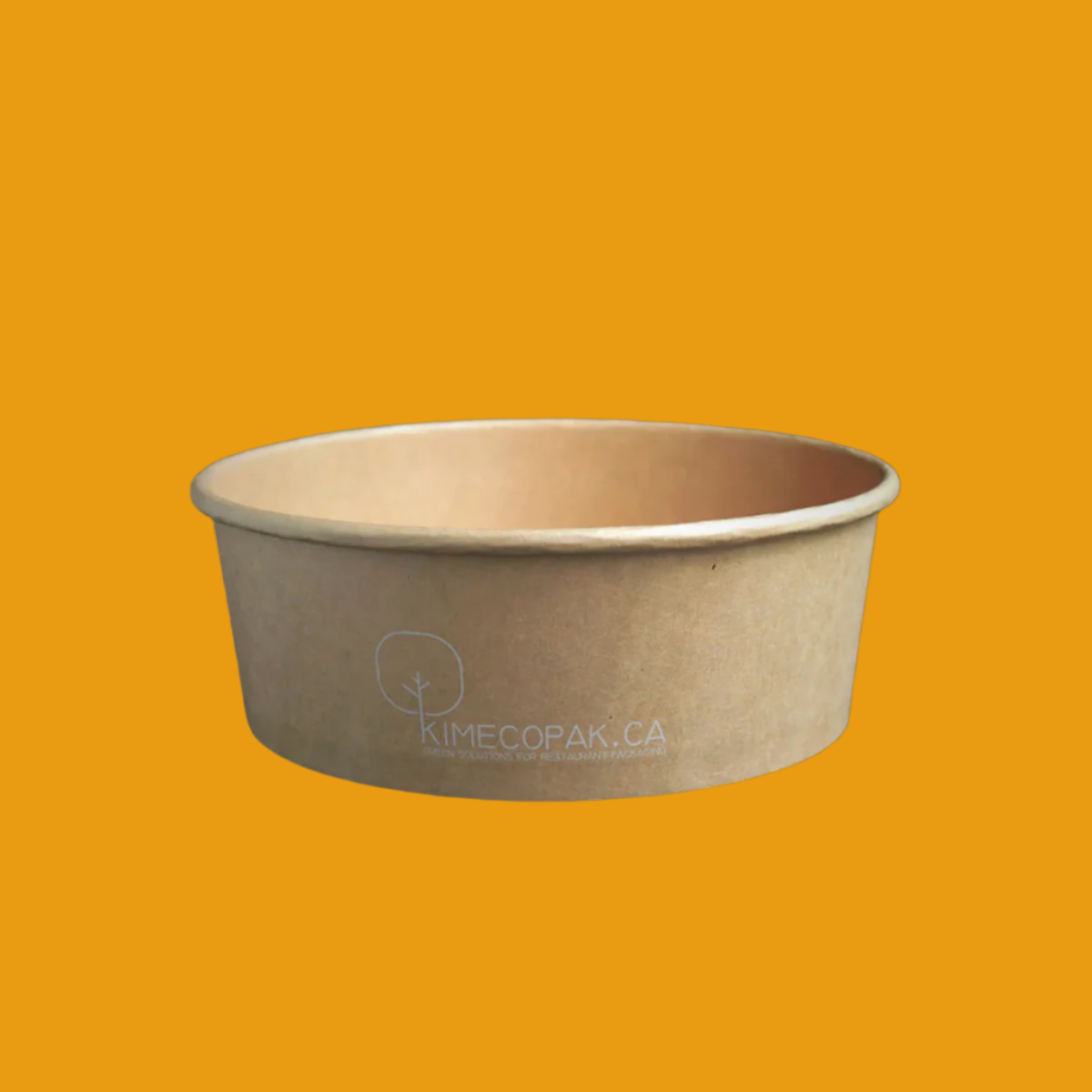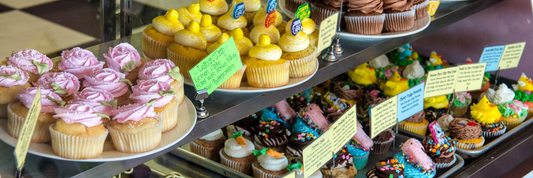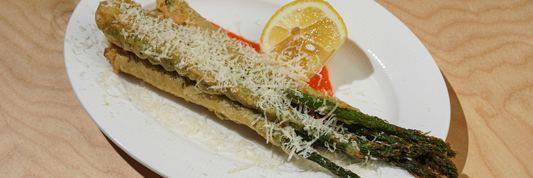Pop up restaurants have become a popular trend in the culinary world, offering a unique dining experience that brings together creativity, flexibility, and excitement. These temporary dining establishments allow chefs and restaurateurs to experiment with new concepts, menus, and locations without the long-term commitment of a traditional restaurant. Whether it's a special event, a one-time culinary experience, or a test run for a future restaurant, pop-up restaurants provide an exciting opportunity for both food lovers and entrepreneurs. In this article, we'll explore what pop-up restaurants are, their benefits, and how you can successfully launch your own.
-
A Guide to 12 Different Types of Restaurants
-
How to Start a Ramen Noodle Business: Everything You Need to Know
-
Fusion Food Mastery for Restaurants
What Is a Pop-Up Restaurant?

Pop-up restaurants are temporary dining establishments that operate in various locations for a limited time. These eateries often appear unexpectedly, capturing the imagination of food enthusiasts and adventurous diners alike. The core concept revolves around providing a unique dining experience without the long-term commitments associated with traditional restaurants.
Benefits
There are numerous advantages to running a pop-up restaurant:
- Lower Startup Costs: Unlike brick-and-mortar establishments, pop-ups generally require less initial investment. This makes them an attractive option for aspiring restaurateurs who may not have substantial capital.
- Flexibility in Location and Menu: The pop-up format allows chefs to explore different venues and alter their menu based on seasonal ingredients or customer preferences. This adaptability can lead to more creative and exciting culinary offerings.
- Testing New Concepts: Pop-up restaurants serve as a platform to test new ideas without the permanence of a full restaurant. They allow chefs and entrepreneurs to gauge customer reactions to their food, atmosphere, and overall dining experience.
How to Start a Pop-Up Restaurant

Define Your Concept and Target Audience
To launch a successful pop-up restaurant, begin by clearly defining your concept and identifying your target audience. This step is crucial as it shapes every other aspect of your operation.
- Identify Your Unique Selling Proposition: What makes your food or dining experience stand out? It could be a particular cuisine, innovative culinary techniques, or a themed dining experience. This unique factor will draw people in.
- Consider Themes, Cuisines, and Dining Experiences: Tailor your offerings to resonate with your target market. For example, if your audience includes young professionals, consider trendy food pairings or an upbeat atmosphere. Alternatively, a family-friendly pop-up might focus on comfort foods and casual dining.
Develop a Business Plan
Having a solid business plan is essential for guiding your pop-up restaurant towards success. Your plan should include the following elements:
- Business Objectives: Clearly outline what you hope to achieve, such as specific revenue targets or customer counts.
- Operational Strategies: Detail how you will run day-to-day operations, including sourcing ingredients and managing labor.
- Financial Projections: Estimate expected expenses and revenues to understand your potential profitability. This could include costs for rent, staff, food supplies, and marketing.
Secure Necessary Permits and Licenses
Before launching your pop-up, it's crucial to research local regulations and obtain any required permits. This often includes:
- Food Service Licenses: Ensure compliance with health and safety standards.
- Health Inspections: Be prepared for inspections to ensure your establishment meets local health codes.
Navigating bureaucracy might seem daunting, but this step is vital to ensure your pop-up operates legally and safely.
Choose the Right Location
Finding the ideal location for your pop-up restaurant can significantly influence its success. Here are some suggestions:
- Markets and Festivals: These venues often attract large crowds and provide the perfect opportunity to showcase your culinary skills to a diverse audience.
- Vacant Retail Spaces: Consider collaborating with local businesses or leasing temporary spaces in areas that align with your target audience. A neighborhood with heavy foot traffic can enhance visibility and customer flow.
- Community Events: Participating in local gatherings can also create buzz and allow you to engage directly with potential customers.
Pop Up Restaurant Costs

Initial Investment
Starting a pop-up restaurant requires a careful look at your initial expenses. On average, founders should be prepared for the following costs:
- Equipment: Depending on your concept, you may need cooking appliances, furniture, and utensils. Renting equipment instead of buying it can help reduce costs.
- Permits: Ensure you follow local guidelines. Costs can vary widely based on location and type of cuisine. Be sure to factor in health permits, food handler licenses, and business registration fees.
- Marketing: Allocate a portion of your budget to advertising through social media, local publications, and flyers. Engaging an audience early on is crucial for success.
- Initial Inventory: Stocking up on quality ingredients is vital, but being strategic here can save money. Consider starting with a limited menu that focuses on fresh, seasonal ingredients.
Consider significant cost-saving measures like collaborating with an established restaurant to share space, which can lower both rent and overhead costs while providing an existing customer base.
Operational Costs
Once you've launched your pop-up restaurant, managing ongoing expenses is critical:
- Food Supplies: Regularly monitor your inventory and supplier pricing to minimize waste and stay within budget.
- Staff Wages: Hiring the right team is essential. Consider hiring part-time staff to increase flexibility and reduce labor costs during slower periods.
- Utilities: Consistently assess energy usage for efficiency. Simple actions, like turning off equipment when not in use, can contribute to cost savings.
Implement budgeting strategies such as tracking expenses weekly or monthly and adjusting your inventory and menu offerings based on sales performance to maintain profitability.
Designing Your Pop-Up Restaurant Menu
Crafting a Compelling Menu
The menu should reflect your restaurant concept and the tastes of your target audience. When designing your menu:
- Highlight unique or signature dishes that attract customers.
- Incorporate local flavors or seasonal ingredients to resonate with the community.
- Ensure balance between creativity and practicality; some innovative dishes may not be feasible given your resources.
It's wise to pilot new dishes before introducing them to ensure they can be prepared consistently and efficiently.
Pricing Strategies
Effective pricing is crucial for profitability. Here are some strategies to consider:
- Set prices that cover your costs while remaining attractive to customers. This requires understanding your cost of goods sold (COGS) and desired profit margin.
- Consider offering set menus or daily specials that simplify choices for customers and streamline kitchen operations, facilitating quicker service.
Conducting market research can help you identify appropriate price points within your area.
Marketing Your Pop-Up Restaurant

Build an Online Presence
Utilizing digital platforms can create significant buzz around your pop-up:
- Establish a presence on social media platforms like Instagram and Facebook, allowing customers to see food images, updates, and behind-the-scenes content.
- A simple website or landing page with the menu, location, and reservation options is essential. This serves as your digital storefront.
Engagement is key; interact with your followers through comments and messages to build a community.
Leverage Local Partnerships
Collaborations can greatly enhance your visibility and customer base:
- Partner with local businesses, such as farmers or bakeries, to utilize local products and promote each other.
- Engage with local influencers or food bloggers to reach a broader audience through social exposure.
- Participation in community events allows you to connect with potential customers, building brand loyalty and recognition.
Managing Operations and Customer Experience

Staff Training and Management
Your staff represents your brand. Proper training is essential:
- Hire individuals who share your vision and can convey your restaurant's values to customers.
- Provide training that emphasizes customer service excellence, food safety, and teamwork.
Encouraging a positive working environment enhances morale and performance, which translates to better service for your guests.
Customer Feedback and Adaptation
Customer insights are invaluable. Adapting based on feedback is critical for continued success:
- Collect feedback through surveys, comment cards, and digital platforms, carefully analyzing areas for improvement.
- Regularly communicate changes made based on feedback to show customers that their opinions matter.
This responsiveness can lead to improved satisfaction and increased customer loyalty.
Evaluating Success and Planning for the Future
After your pop-up, assessing performance is vital for future endeavors:
- Use performance metrics like sales figures, customer reviews, and social media engagement to measure success.
- Reflect on which aspects of your menu, marketing, and operations were most appreciated.
Conclusion
In conclusion, pop up restaurants offer a dynamic and innovative way to experience food while allowing restaurateurs to explore new ideas and connect with diverse audiences. With lower startup costs, flexible locations, and the ability to test new concepts, pop-ups have proven to be a successful venture for many in the hospitality industry. Whether you're looking to make a mark in the culinary world or create a memorable dining experience for customers, starting a pop-up restaurant can be a rewarding and creative endeavor that brings excitement and innovation to the food scene.









